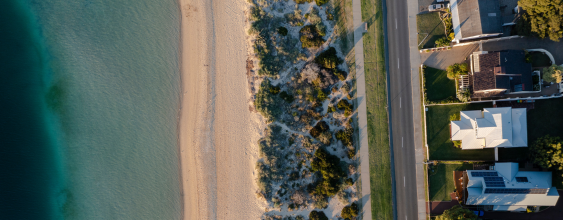
Three steps to making onshore wind work
Kimberley Dewhirst examines how to make wind farms cost-competitive
map marker
United Kingdom
|
18 June 2020
Reading Time : 4 mins
Reading Time : 4 mins
By challenging every aspect of the design, you can chip away at the capital expenditure. Could you optimise the cable routes? Could you reduce crane time on site? Would the grid operator allow you to use capacitor banks instead of stat coms to regulate voltage? Do you really need such large control rooms or meeting spaces on site?Kimberley Dewhirst Technology Lead, Wind, WSPKimberley Dewhirst Technology Lead, Wind, WSP
Because the wind doesn’t always blow, wind farms typically generate 30-40% of their full capacity at any one time. This is where colocation comes in – build something else on the same site to take up the slack in the grid connection.Kimberley Dewhirst Technology Lead, Wind, WSPKimberley Dewhirst Technology Lead, Wind, WSP













